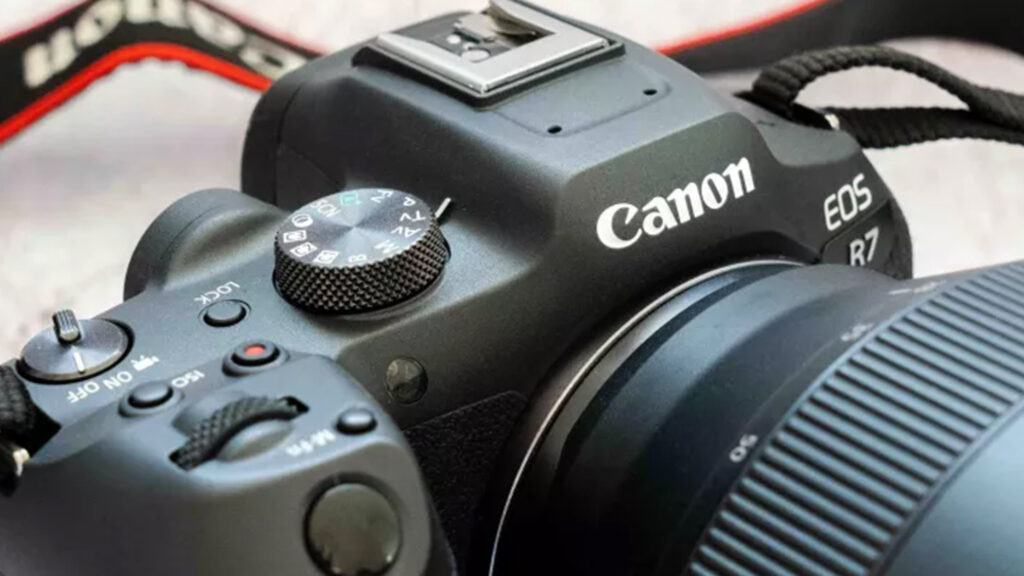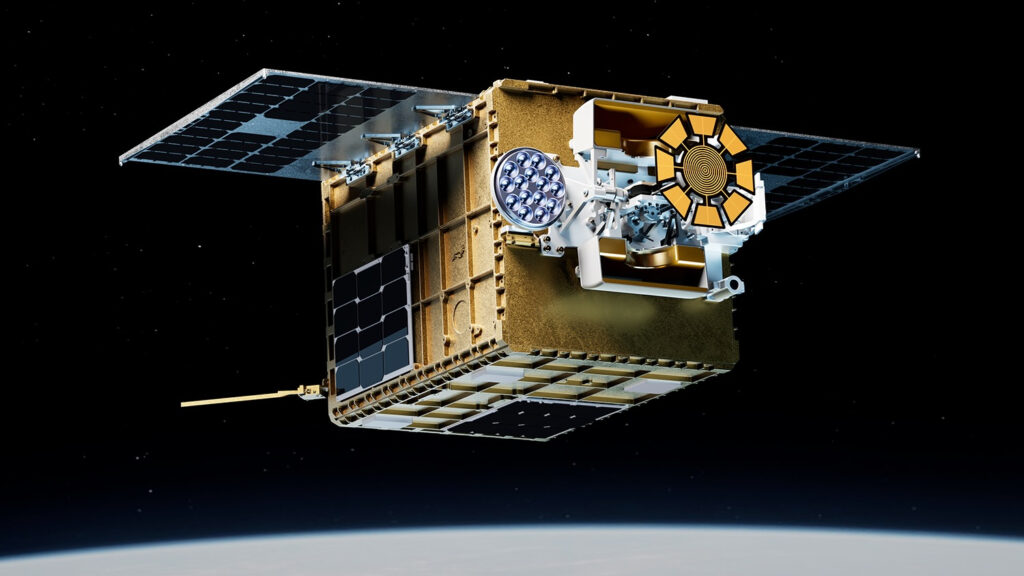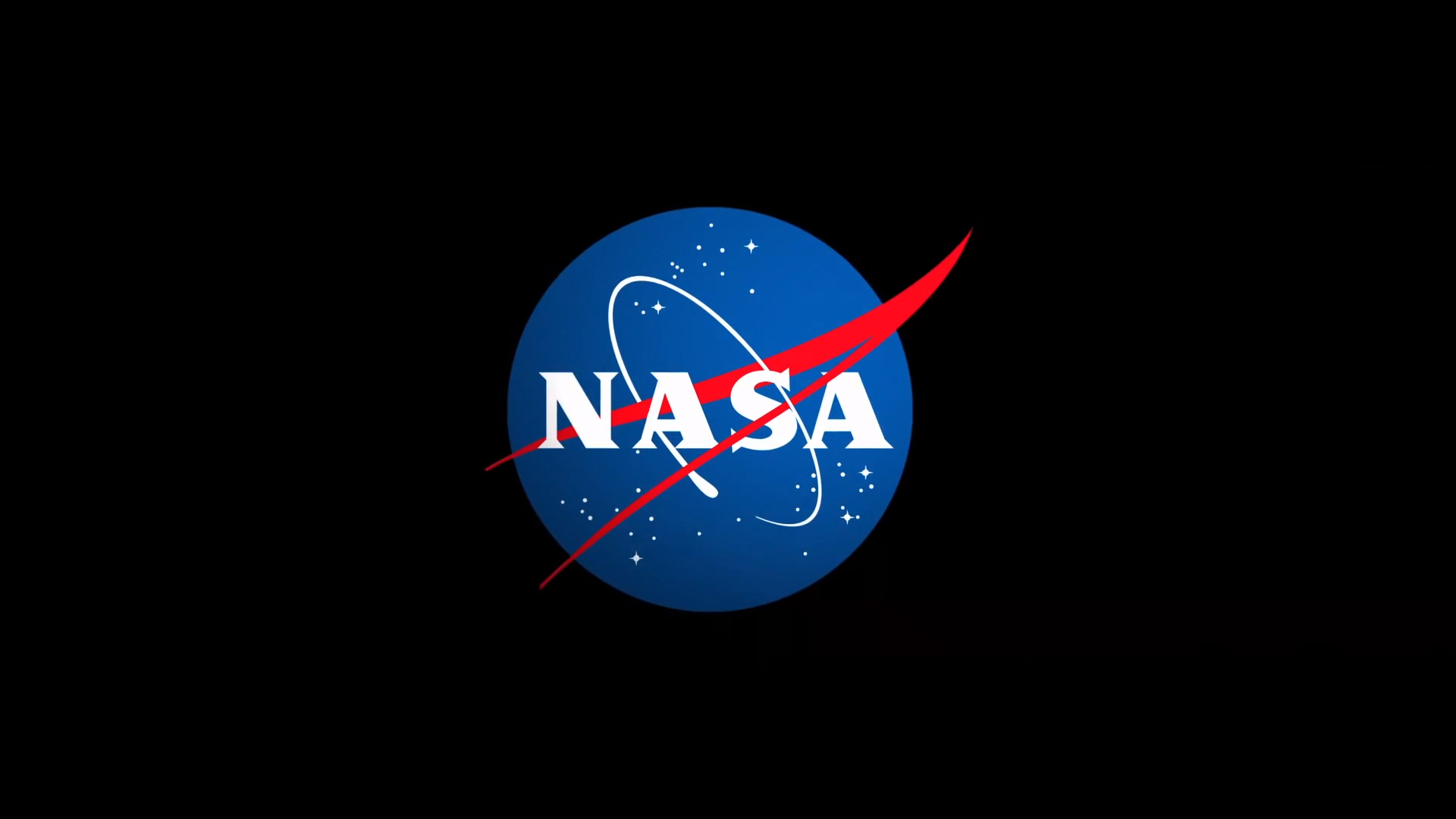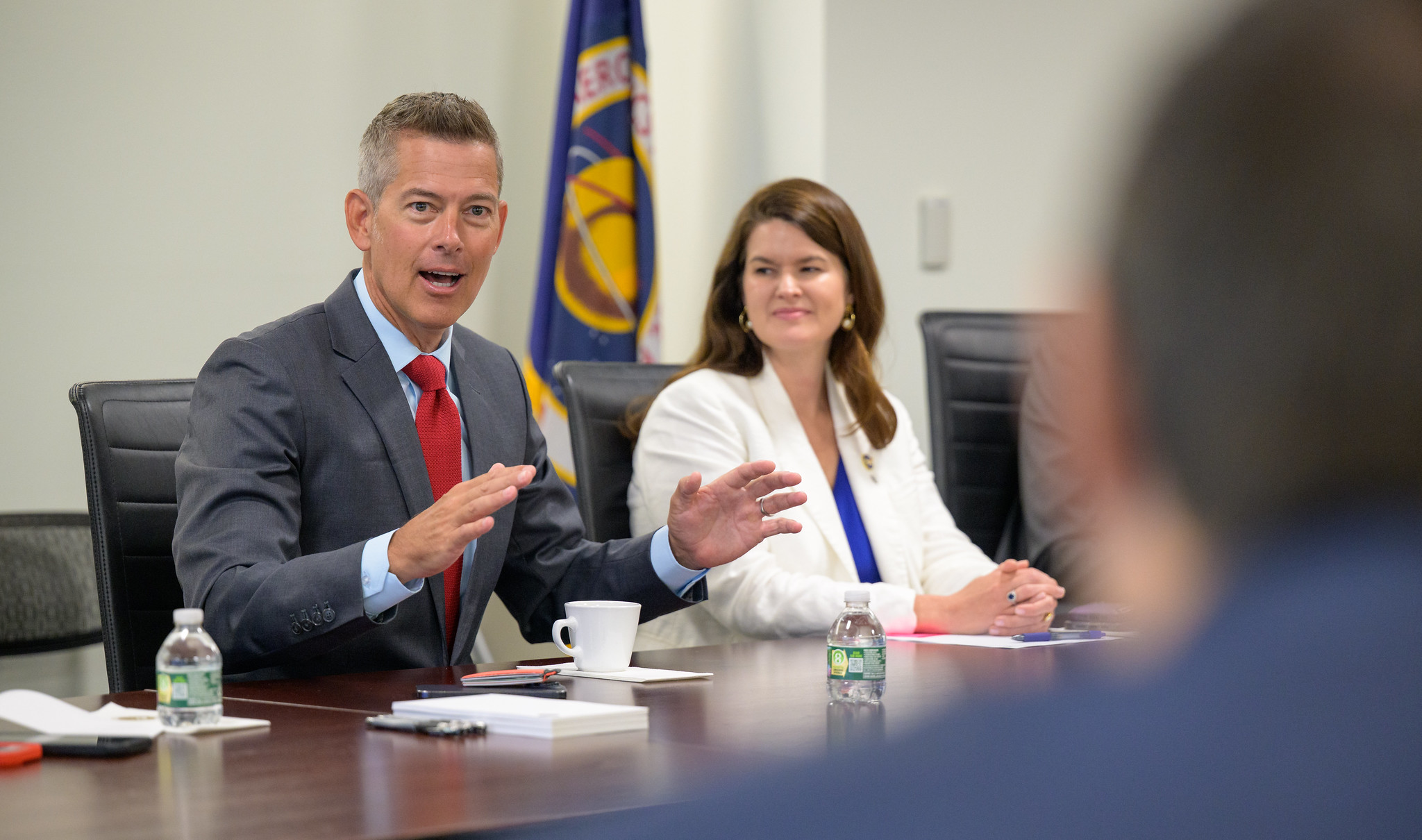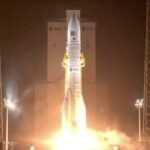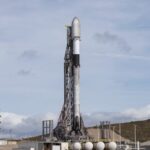Now Reading: Artemis 2 astronauts stress importance of their moon mission as NASA faces budget, workforce cuts: ‘We have to move the needle.’
-
01
Artemis 2 astronauts stress importance of their moon mission as NASA faces budget, workforce cuts: ‘We have to move the needle.’
Artemis 2 astronauts stress importance of their moon mission as NASA faces budget, workforce cuts: ‘We have to move the needle.’
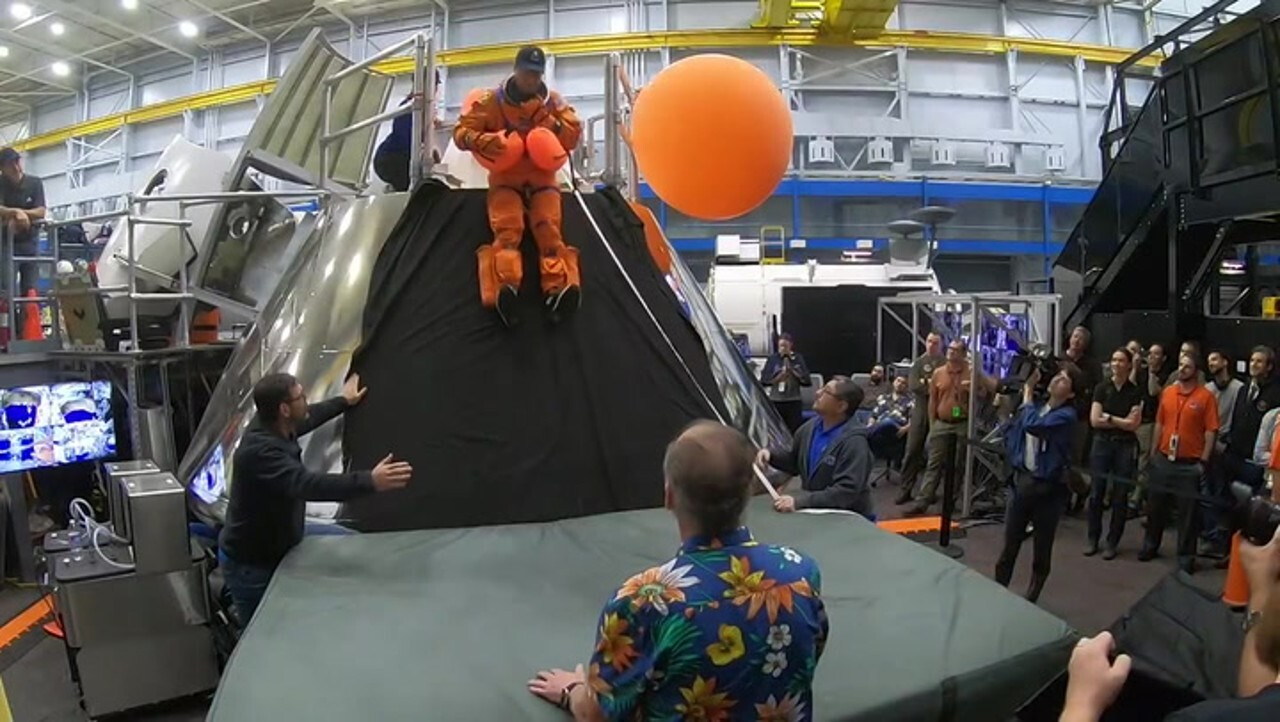
CAPE CANAVERAL, Fla. — The four astronauts of NASA’s Artemis 2 mission don’t hide from the fact that their mission comes at a pivotal time for the space agency.
“We do not shy away from the reality that we are in,” Artemis 2 mission commander Reid Wiseman told reporters today (July 30) here at NASA’s Kennedy Space Center in Florida. Wiseman spoke with media alongside mission pilot Victor Glover, mission specialist Christina Koch, and mission specialist Jeremy Hansen of the Canadian Space Agency. The four astronauts are scheduled to launch on NASA’s Artemis 2 mission around the moon no earlier than April 2026 after several delays.
NASA faces a significant cut to its 2026 budget — a potential loss of up to 24% of its total funding that would cancel more than 40 current and upcoming missions. In addition, nearly 4,000 employees are leaving the agency after opting in to a deferred resignation program, reducing the agency’s workforce by more than 20%. Another 500 employees have left this year, and all in all, NASA’s workforce is projected to shrink by about 21% by Jan. 9, 2026. And the crew of Artemis 2 have been feeling the losses.
“It does hurt to lose friends,” Wiseman told reporters today, while also stressing that the crew believes the necessary personnel are still in place to prepare hardware and training for Artemis 2. “We have said goodbye to some really good friends, but at the end of the day, we absolutely have the team across the board right now to finish.”
But the Artemis 2 commander underscored that his crew remains focused on proving that the investment in space exploration is worth it during a time when more and more flagship NASA programs are on the chopping block and agency employees describe NASA as being “under attack.”
“How do we get the leaders to care, our elected officials to care?” Wiseman said. “We don’t know what a year from now is going to look like, a year and a half from now, but we know exactly what we have to do for the next six months, and we’re a part of a team that is focused and knows what we have to do.”
The Trump White House has proposed ending NASA’s Artemis program of planned moon missions after Artemis 3., which is currently scheduled to lift off in mid-2027. Wiseman said today that the proposal only fuels the crew to execute their mission when the time comes.
“And so we are clear-eyed on making Artemis 2 a success,” Wiseman said. “And that’s the best way to get them to care, to invest and to decide and change behaviors, and it also is the best way to ensure that there may be something beyond Artemis 3. And so I think those are tied together.”
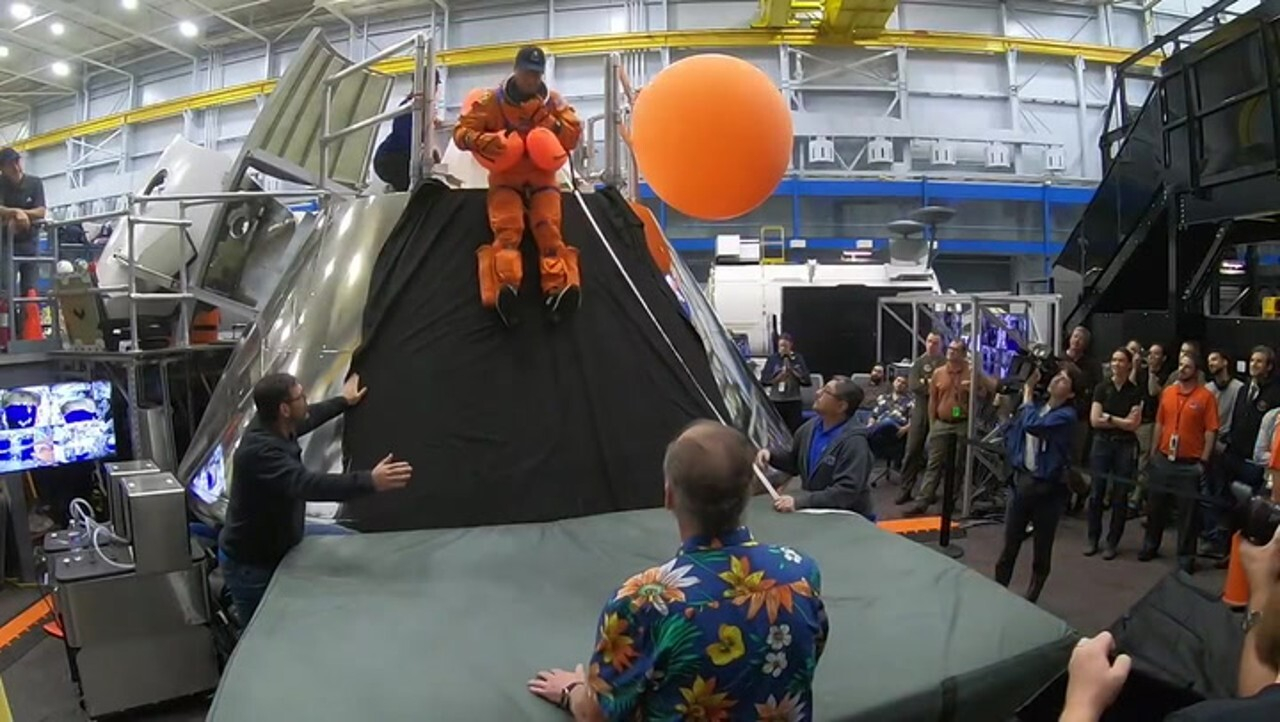
Aside from budgetary and workforce uncertainty, the crew also touched upon the issues the Artemis 2 mission’s Orion spacecraft faced on its maiden voyage in late 2022, the uncrewed Artemis 1 mission to lunar orbit. The spacecraft’s heat shield experienced unexpected levels of charring upon reentry, causing pieces of it to burn away. Some third-party safety groups flagged the heat shield issues as too risky for a human crew.
But Glover says that the agency’s own review process has given the crew full confidence in their spacecraft.
“A lot of those are outsiders that haven’t been in these meetings from day one and met the team and looked them in the eye and shook their hands at the ends of these meetings,” Glover said today.
“But the other thing is, I don’t want to discount the things that they said. Anytime you talk about fire, anytime you talk about entry and heat shields, you talk about parachutes, these are high risk things that sometimes don’t have fault tolerance built in. They have to work.
“And so I appreciate all of that nudging and poking and prodding that they’ve caused. They have made us sharpen our pencils and put more due diligence, more vigilance into that process.”
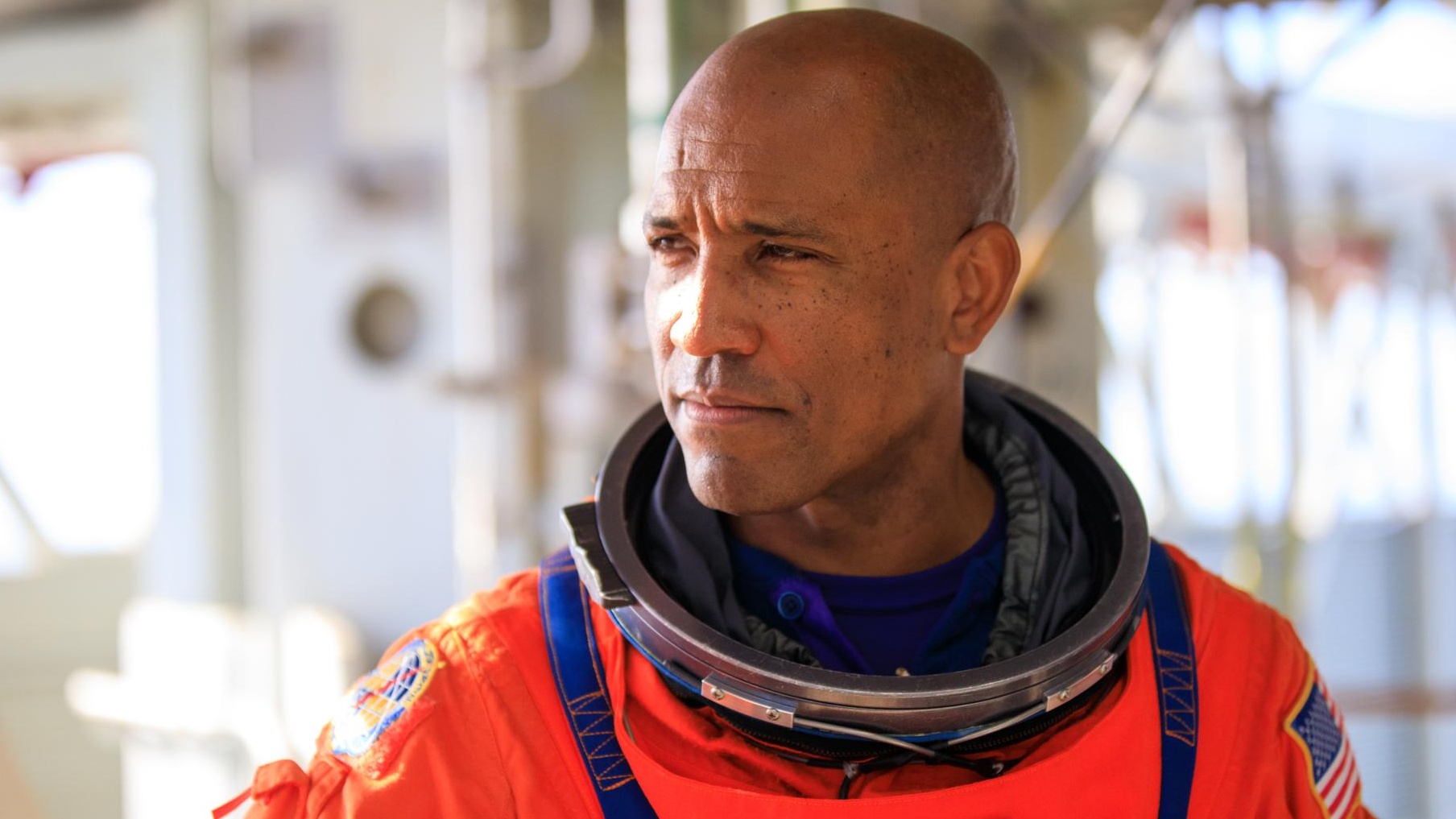
Koch echoed Glover’s confidence, adding that the “appropriate skepticism” is ultimately why the crew feels comfortable with the craft’s heat shield.
“This should be characterized as a true American success story,” Hansen added. “I mean, this country now knows things about heat shield technology it didn’t know it didn’t know. And that’s like, that’s the art — that’s when you know you’re pushing the boundaries.”
Aside from the lessons learned from the Orion spacecraft’s heat shield, Koch said Artemis 1 has taught the crew the importance of vigilance. NASA hailed Artemis 1 as a success, but Koch said that success came with a price.
“The huge success of Artemis 1 is actually something we need to think about as a risk or even a threat to Artemis 2, because we have to keep our vigilance up,” she said. “So I would say one of the things we learned is that, despite our successes, we have to keep asking hard questions, and we have to keep tracing down things that are acting like we don’t expect.”

Related Stories:
Ultimately, despite the troubles facing the agency and the issues with Orion’s heat shield, the crew of Artemis 2 said today that they are focused on proving to the world that NASA and the United States are capable of once again returning humans to the moon, a milestone that could someday put the agency on a path to Mars.
Glover described how the Artemis 2 crew will be able to look down upon areas of the moon never seen before by human eyes, a feat that all of humanity can share in.
“The weight of that idea really hit me a couple of weeks ago walking out of building nine, where we had a giant inflatable moon, and we were practicing, from the medium-fidelity mockup, taking pictures and making observations. And that just it hit me as I walked out of there, going: ‘Wow, we have to move the needle.'”
Stay Informed With the Latest & Most Important News
Previous Post
Next Post
-
 012024 in Review: Highlights from NASA in Silicon Valley
012024 in Review: Highlights from NASA in Silicon Valley -
 02Panasonic Leica Summilux DG 15mm f/1.7 ASPH review
02Panasonic Leica Summilux DG 15mm f/1.7 ASPH review -
 03From Polymerization-Enabled Folding and Assembly to Chemical Evolution: Key Processes for Emergence of Functional Polymers in the Origin of Life
03From Polymerization-Enabled Folding and Assembly to Chemical Evolution: Key Processes for Emergence of Functional Polymers in the Origin of Life -
 04How New NASA, India Earth Satellite NISAR Will See Earth
04How New NASA, India Earth Satellite NISAR Will See Earth -
 05And Thus Begins A New Year For Life On Earth
05And Thus Begins A New Year For Life On Earth -
 06Astronomy Activation Ambassadors: A New Era
06Astronomy Activation Ambassadors: A New Era -
07SpaceX launch surge helps set new global launch record in 2024













